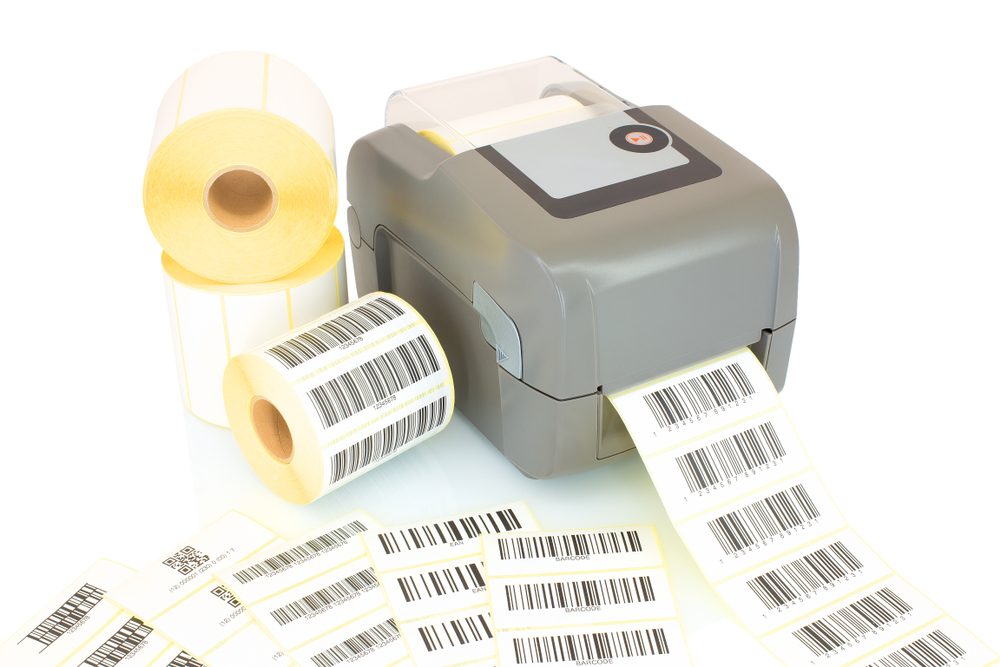Label Solutions - Common Problems with*** Non-Compliant Label Providers
Whether it’s oil or gas, production facilities thrive on being safe and efficient. The equipment and products in these facilities need durable and compliant labels that withstand extreme conditions. When production sites use labels that are poorly constructed, you begin to see problems. Today, Label Solutions Inc. identifies some common problems with non-compliant label providers.
Cheap Adhesives
The first common issue is that label providers use cheap adhesives instead of high-quality ones. You can recognize a cheap adhesive when the following situations occur:
- It quickly loses its hold on the application surface.
- It fails to stand up to different seasons and temperatures.
- It becomes so brittle that it begins to flake and chip.
- The label is damaged or falls off during delivery, especially outdoors.
Poor Quality Label Substrates
The label substrate is a resilient material that is coated with adhesive on one side and receives ink or other design elements on the other side. A common issue for substrates is peeling and bubbling due to condensation. Substrates can also fade, tear, curl or tarnish due to temperature, abrasion or moisture. If you see a yellowish, orange tint beginning to discolor the label’s edges, the substrate is tarnished and was poorly made.
Related Post: Label Solutions Explains What Makes a Great Label
Unprotected Inks
At Label Solutions Inc., we utilize advanced, proprietary ink formulations that maximize protection for your label integrity. Other companies might use a UV protected formulation, except they commonly use water-based inks that are not appropriate for outdoor use. These inks will fade out. Within 3-5 years, moisture will affect the label, causing it to fade to the point where branding, instructions, and safety information is unreadable. This is why we work with each customer to select the most appropriate ink and substrates of their needs.
Non-Compliant Labels
Lastly, non-compliant label providers don’t specialize in the Compressed Gas Association (CGA) guidelines. These companies are usually slow to adapt to industry changes, and they don’t proactively inform their customers of any label changes prior to placing the order. Also, the provider doesn’t have an in-house regulatory compliance staff.
For example, the words “Non-Flammable Gas” must be printed on one line instead of two. These guidelines will change from time to time, but providers must still adhere to them. At Label Solutions, we’re dedicated to staying in compliance. We have a trained regulatory specialist on-site to assist you with any questions or concerns.
Related Post: How Do Compliant and Non-Compliant Labels Differ?
Label Solutions Can Help
If you’ve encountered some of these issues in your production facility, it’s time to readjust your labeling strategy. Label Solutions Inc. offers full-service label printing that produces consistent quality and performance at a competitive price. For more information, call 1-800-299-9200 today or contact our team online.

